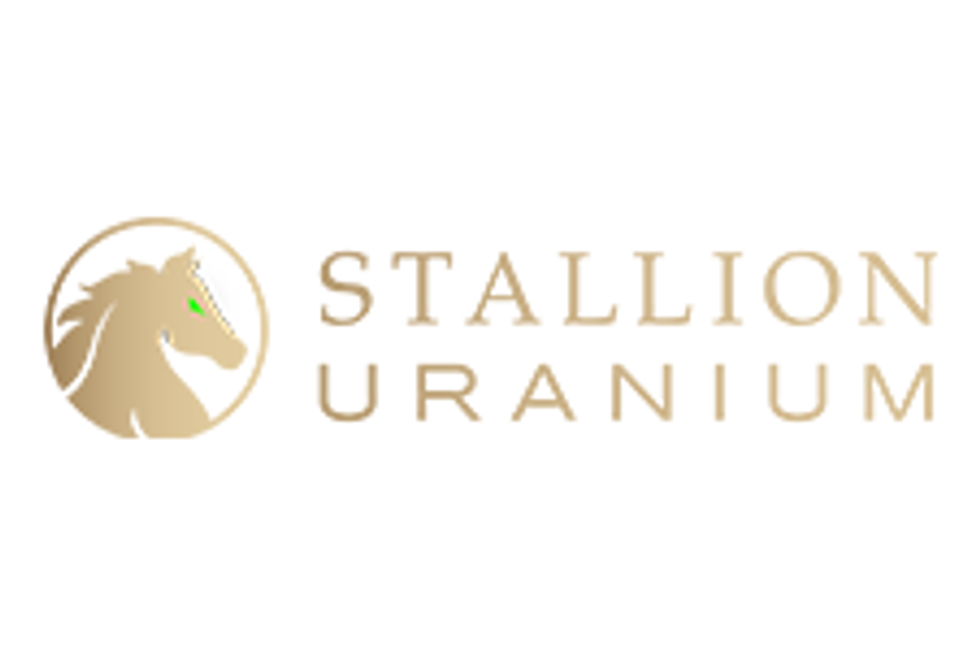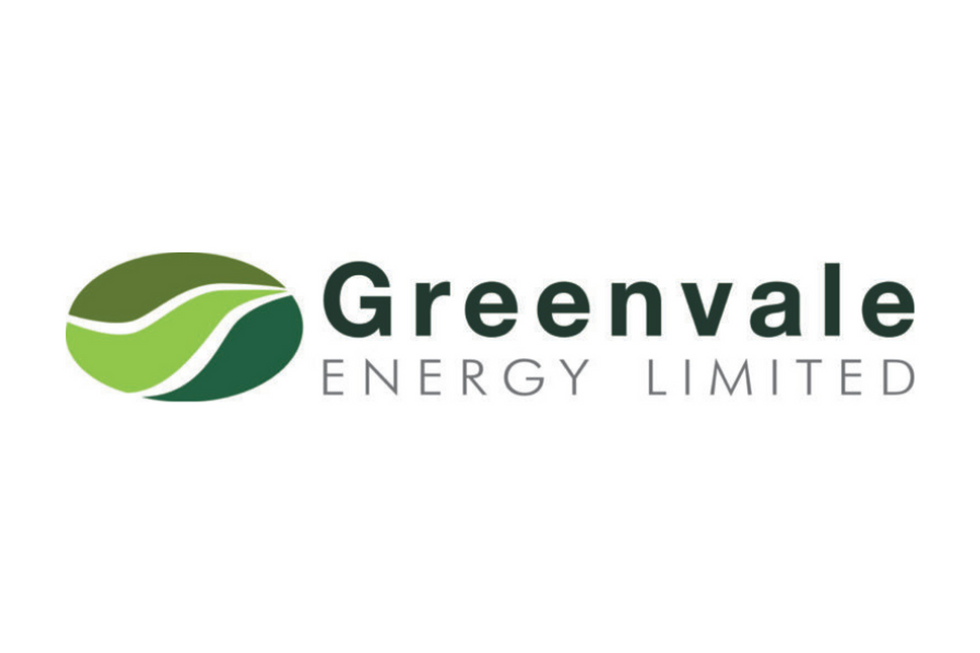Alligator Energy Makes Uranium Discovery During First Drill Program at Big Lake Project
The company said the discovery is South Australia's first major greenfield uranium find since 2007.

Explorer Alligator Energy (ASX:AGE) announced on Tuesday (August 13) that an initial drill program at its South Australia-based Big Lake uranium project has yielded a new discovery.
“This is the first significant greenfields discovery of uranium in South Australia since the Samphire Uranium Project in 2007 by the company UraniumSA,” said CEO Greg Hall in the firm's announcement. "The thickness extent of mineralisation layers ranging up to 20m in these discovery holes is impressive for this style of mineralisation."
He added that while estimated grades are on the lower side, Alligator is encouraged to see two intersections with grade thicknesses close to the economic cut off used at the company's Samphire project.
The indicative uranium grades for these holes are around 10 to 50 times background levels.
Hall also said the discovery appears to validate the uranium formation model developed by previous Big Lake geologists.
When it began drilling in May, Alligator said historical drilling in the region by another company had indicated the presence of uranium in thin bands. This work was completed about 16 years ago.
For this week's discovery, the company used a calibrated portable X-ray fluorescence analyser on drill samples to determine preliminary estimates on the tenor of uranium grades at Big Lake:
- Hole AC24-021 — 20 metres at 110 parts per million (ppm) uranium from 106 metres, including 1 metre at 241 ppm uranium from 123 metres
- Hole AC24-021 — 1 metre at 185 ppm uranium from 129 metres
- Hole AC24-022 — 5 metres at 130 ppm uranium from 107 metres
- Hole AC24-023 — 5 metres at 45 ppm uranium from 104 metres
- Hole AC24-025 —10 metres at 120 ppm uranium from 180 metres
The company said four air-core drill holes have intersected palaeochannel sand units hosting anomalous uranium mineralisation located between 90 and 130 metres below surface.
Big Lake is situated in South Australia's Cooper Basin, and Alligator said its discovery is the first proof of concept that "significant uranium" is present in the sediments found in the Lake Eyre Basin.
“The sediments above the Cooper Basin cover are an extensive area, and we hope this has the potential to develop into a new ISR amenable uranium field, similar to the Curnamona Province which hosts the Beverley, Four Mile and Honeymoon deposits,” Hall explained. Those three deposits are all located in South Australia.
The company is now drilling two additional holes within the limited heritage-cleared area of discovery.
Alligator said that following a full analysis of its data, including refinement of Big Lake's geological model, the company will commence approvals and initiate heritage clearances for follow-up drilling.
Don’t forget to follow us @INN_Australia for real-time news updates!
Securities Disclosure: I, Gabrielle de la Cruz, hold no direct investment interest in any company mentioned in this article.






